No doubt we all have a pretty good idea of what sugar is. White Refined Sugar - The most common form of sugar found commercially is usually obtained from sugar cane (a perennial grass) or sugar beet (a type of tuber). However, the resulting product is too refined - the granulated white sugar we all know very well.
There are, of course, countless sugar alternatives and substitutes, from highly artificial to all-natural (stevia, etc.). But in recent years we've been hearing more and more about something called Demerara, which some mistakenly assume is just brown sugar.
Unlike brown sugar, which is just refined white sugar lightly bathed in a bit of molasses, it is a grainy, somewhat crunchy raw sugar originating in Guiana (a colony formerly called Demerara). Due to the increasing popularity of Demerara over the years, this particular type of sugar is now produced in Mexico, India, Hawaii and other countries.
Demerara is a light brown, partially refined sugar produced from the first crystallization during the processing of sugar cane into sugar crystals (this process is similar to what happens with naturally evaporated cane juice). Unlike brown sugar, which tastes like molasses, Demerara has a natural warm caramel flavor. Also Demerara sugar is also called by the name Turbinado which has more to do with how the sugar is processed in turbines than where it comes from.
White Sugar

There is a range of opinions as to whether Demerara sugar has the same or greater nutritional value than white sugar. Here's some information along those lines:
- 1 tsp. white sugar contains 4 g of sugar and 15 calories; 1 tsp. of Demerara sugar also contains 4 g of sugar and 15 calories. While these numbers are the same, some people might assume that these types of sugar are identical in nutritional composition. However, both types are composed of sucrose, have the same calories and similar effects on blood sugar levels.
- The Sugar Association (the group that represents the sugar industry) claims that white sugar contains no additives or preservatives of any kind, but the truth is quite different. First, white sugar is one of the additives used in most processed foods. It has been proven to be more of a pharmaceutical drug than human food.
- Because sugar is heavily sprayed and chemically enriched when grown, white sugar and raw sugar can contain residues of these harmful chemicals unless you choose bio-raw sugar.
- In processing, white sugar is refined to remove all the minerals the body needs to digest sugars, including: chromium, cobalt, magnesium, manganese and zinc. However, Demerara still contains these minerals and although some of these minerals are only needed in minimum amounts by our bodies - they are still needed.
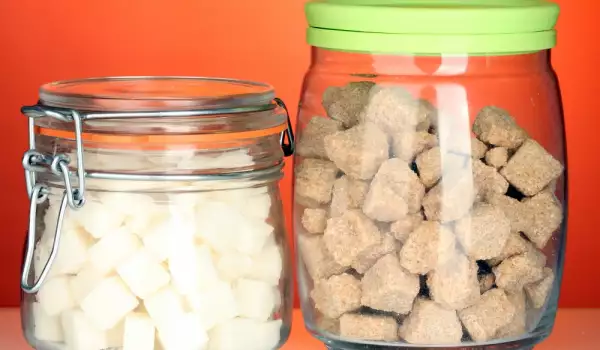
It is also important to consider the nutritional impact of consuming white and raw sugar. White sugar is linked to vitamin B depletion and impaired calcium metabolism, not to mention the more than 100 health complications it's linked to. Demerara naturally contains some molasses which itself has some vitamins and minerals such as calcium, iron, magnesium and vitamin B3, B5 and B6.
Generally, the darker the color of the Demerara, the higher the amount of molasses and minerals. Molasses consists mainly of sucrose, but also of single glucose and fructose molecules, traces of some vitamins and minerals, some water and small amounts of plant compounds. The latter may have antimicrobial properties.
However, you should refrain from consuming large amounts of Demerara sugar as any benefits of vitamins and minerals will be outweighed by the negative effects of excess sugar.
Applications of Demerara Sugar
Demerara sugar is actually much tastier and adds complexity and depth to recipes - baked goods, drinks, etc. Its crunchy, large crystals are a nice addition (in moderation) to the surface of rolls, apple pies, brownies, pies, stollen, sponge cakes and even cookies.
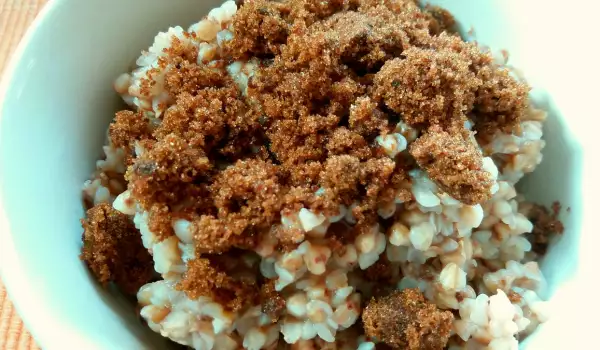

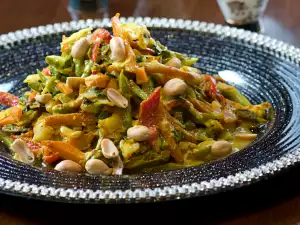




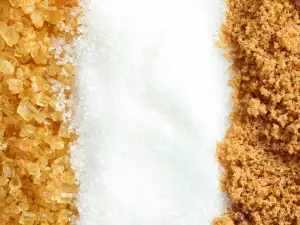
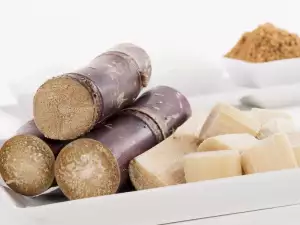

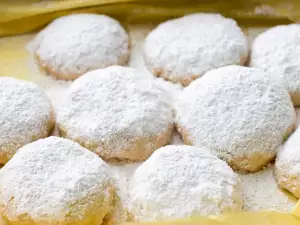
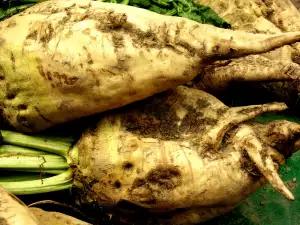
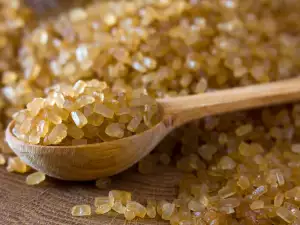
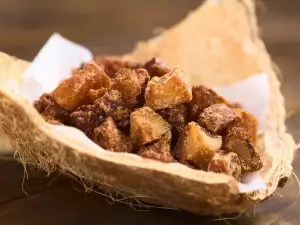
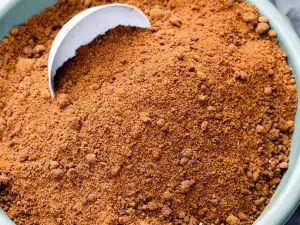
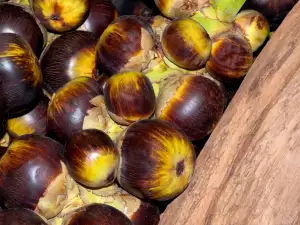




Comments